Vested and Contingent Interest
Introduction to Vested and Contingent Interest
The Transfer of Property Act addresses the concepts of vested and contingent interests. A vested interest arises when there is a certain event that is bound to happen, while a contingent interest depends on the occurrence of an uncertain event.
Vested Interest
Section 19 of the Transfer of Property Act, 1882, discusses vested interest. This type of interest is created in favor of a person when a certain event is guaranteed to happen, even if the exact time is not specified. The person with a vested interest does not immediately gain possession of the property but expects to receive it once the specified event occurs.
Example
If A promises to transfer his property to B when B turns 21, B has a vested interest in A’s property until he reaches that age and takes possession.
If the person holding the vested interest passes away, their interest in the property is transferred to their legal heirs.
In the earlier example, if B dies at 20, the interest vested in B would pass to his legal successors, who would gain control of the property when the time comes.
Key Aspects of Vested Interest
- Interest Should Be Vested: For an interest to be vested, it must be created in favor of a person with the expectation of a certain event happening, though the exact time may not be defined.
- Right to Enjoy Property Is Postponed: Even though a vested interest is established, the person does not immediately possess or enjoy the property.
For instance, if X agrees to transfer property 'O' to Y and instructs Y’s guardian Z to hand it over when Y turns 20, Y’s vested interest begins when he reaches 18, the legal age of majority.
- Contrary Intention: The transferor can specify when the interest in the property will vest in the person receiving it.
- Death of the Transferee: If the transferee dies before obtaining possession of the property, the vested interest passes to their legal heirs, who will take possession once the condition is met.
- Time of Vesting: The interest vests immediately when the transfer is initiated.
Characteristics of Vested Interest
- Immediate Right: Vested interest creates a present right that comes into effect immediately, even if enjoyment is delayed. It is not entirely dependent on a condition, as the condition involves a certain event.
- Transferable and Heritable: Vested interest can be transferred and inherited.
- Transferee’s Death: The transfer does not become invalid if the transferee dies; the interest passes to their legal heirs.
Section 20 of the Transfer of Property Act, 1882, covers vested interest for an unborn child. The interest vests in the child once they are born, though they may not immediately enjoy the property.
Contingent Interest
Section 21 of the Transfer of Property Act, 1882, defines contingent interest. This interest is created when a person will only receive property upon the occurrence of an uncertain event. If the event does not occur, the person does not receive the property. Contingent interest is entirely dependent on the condition specified in the transfer.
Example
A agrees to transfer car 'X' to B if B secures 80% in his exams. B has a contingent interest in car 'X', which he will receive only if he meets the condition.
Characteristics of Contingent Interest
- Conditional: This interest arises only when the condition is fulfilled.
- Transferable: Contingent interest can be transferred, but its heritability depends on the nature of the transfer and the condition.
- Transferee’s Death: If the transferee dies before obtaining possession, the contingent interest fails, and the property remains with the transferor.
Key Aspects of Contingent Interest
- Interest: The interest is contingent if it depends on a condition that must be met for the transfer to take effect.
- Exception: If someone with an expectancy in a property receives income from it before the condition is met, this does not fall under contingent interest.
Relevant Sections of the Transfer of Property Act
- Section 22: Discusses transfers to a group or class with contingent interest. For example, if a transfer is made to four people, and only those who reach 40 years of age by a certain date will receive an interest in the property.
- Section 23: Covers transfers that occur after the fulfillment of a specified uncertain event.
- Section 24: Pertains to transfers to a group or class on the condition that they are alive on a specific date. Only those who meet this condition will receive the interest.
Conclusion
The Transfer of Property Act, 1882, outlines the concepts of vested and contingent interests. Understanding these concepts is crucial, as they are addressed in various sections of the Act. A transfer involving contingent interest only takes effect after the condition is fulfilled. If the condition is not met, the transfer does not take place. The conditions must align with principles of justice, equity, and good conscience, which are foundational to the Act.
Share
Related Post
Tags
Archive
Popular & Recent Post
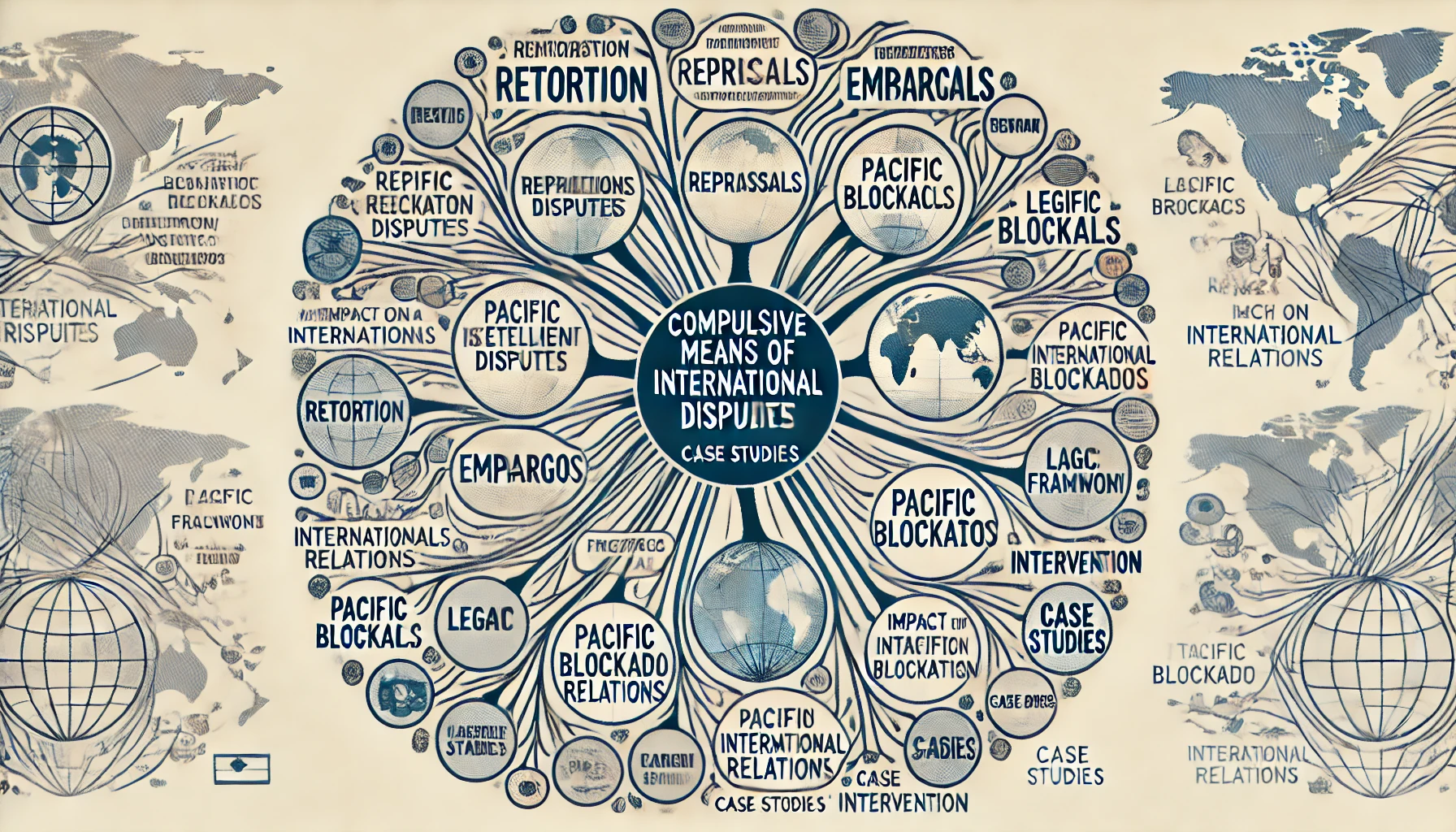







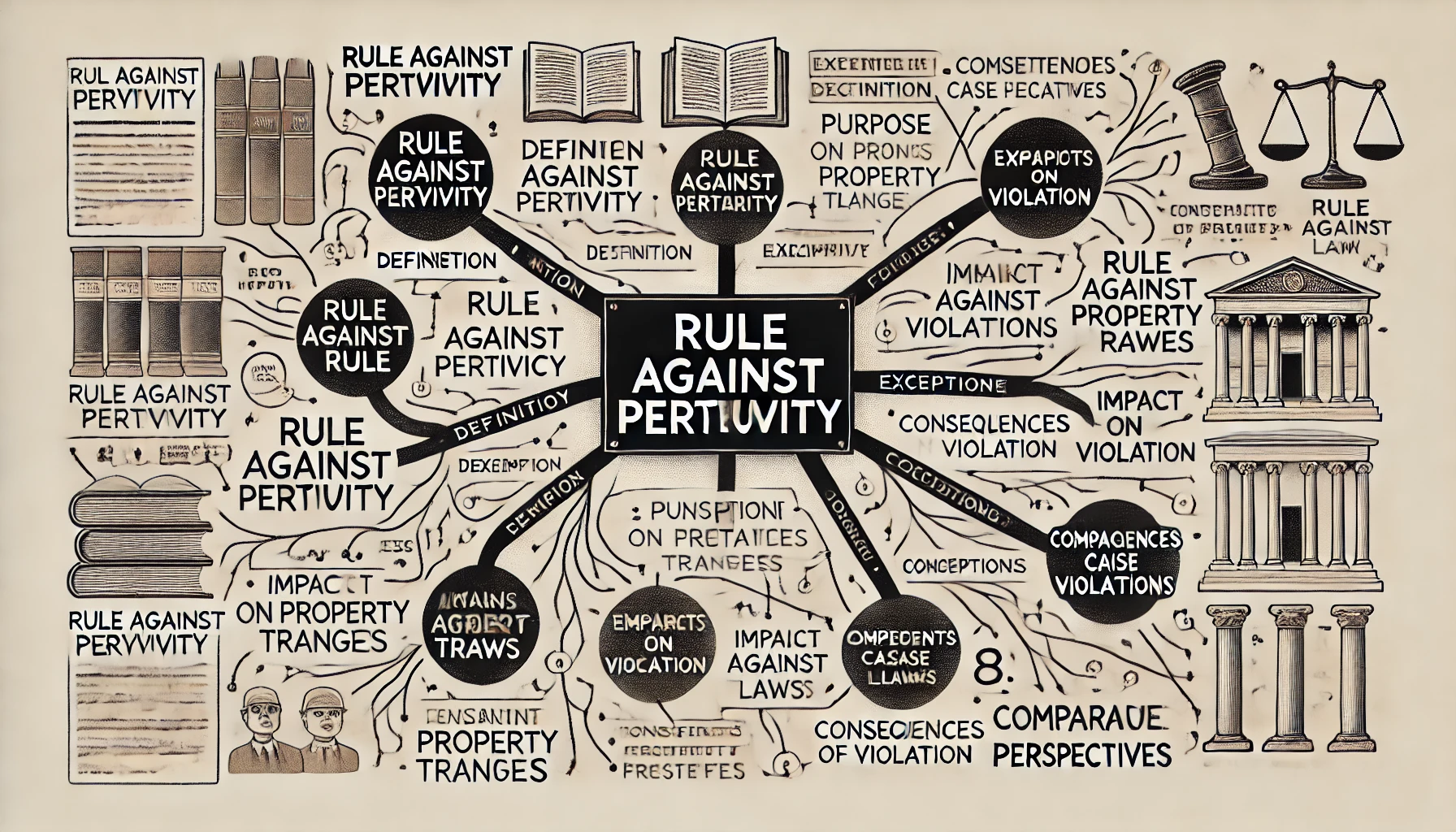
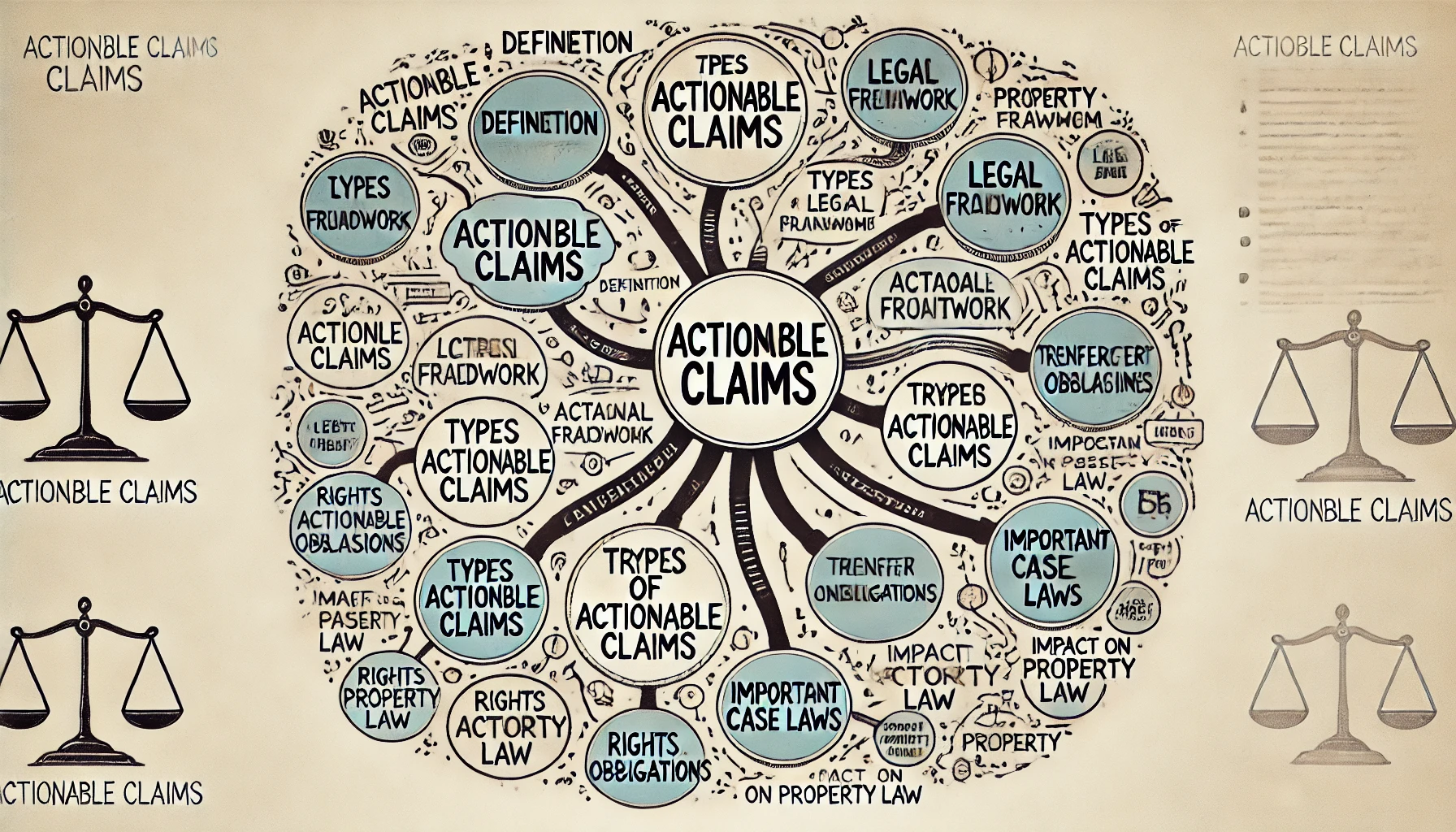
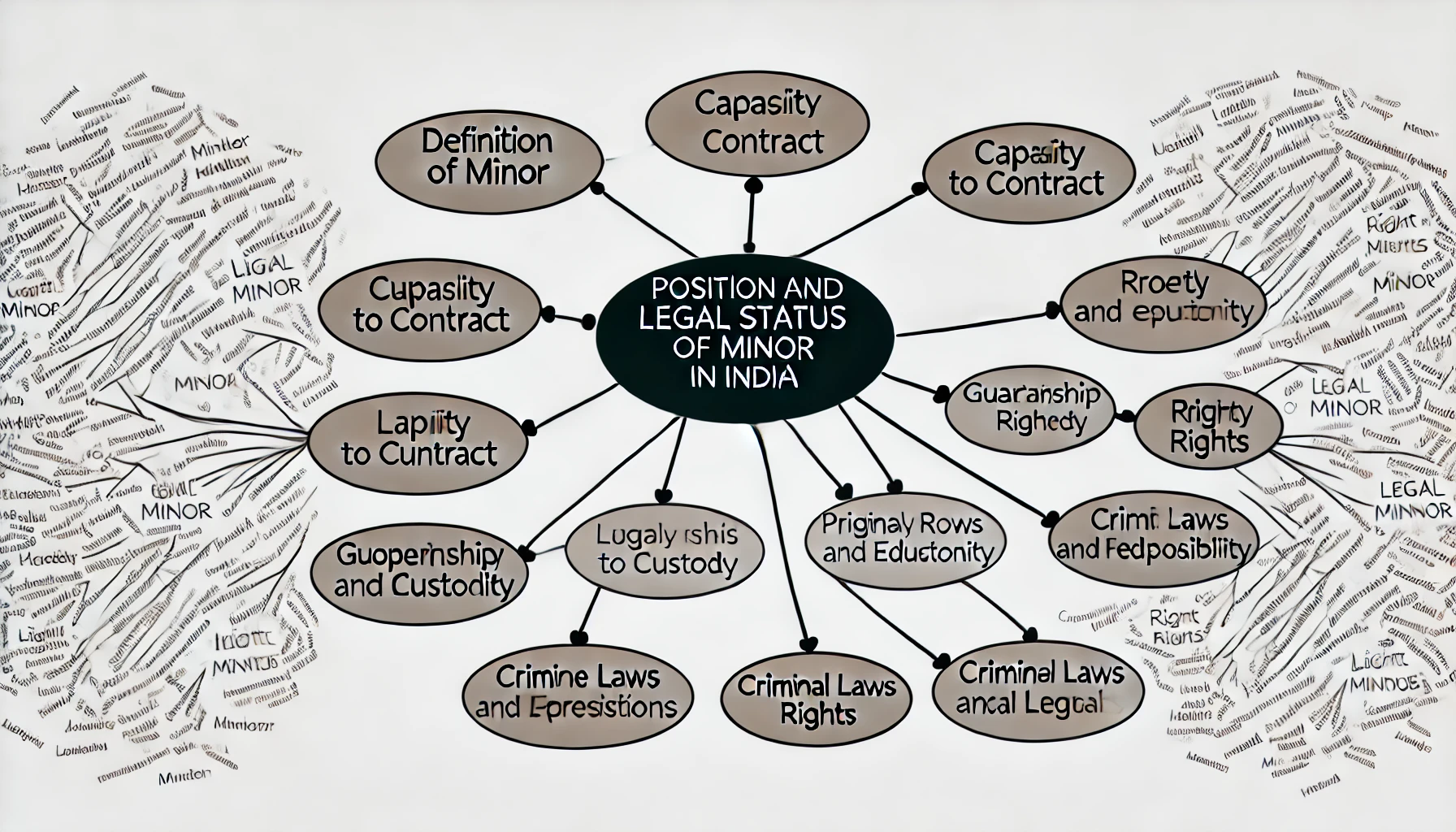
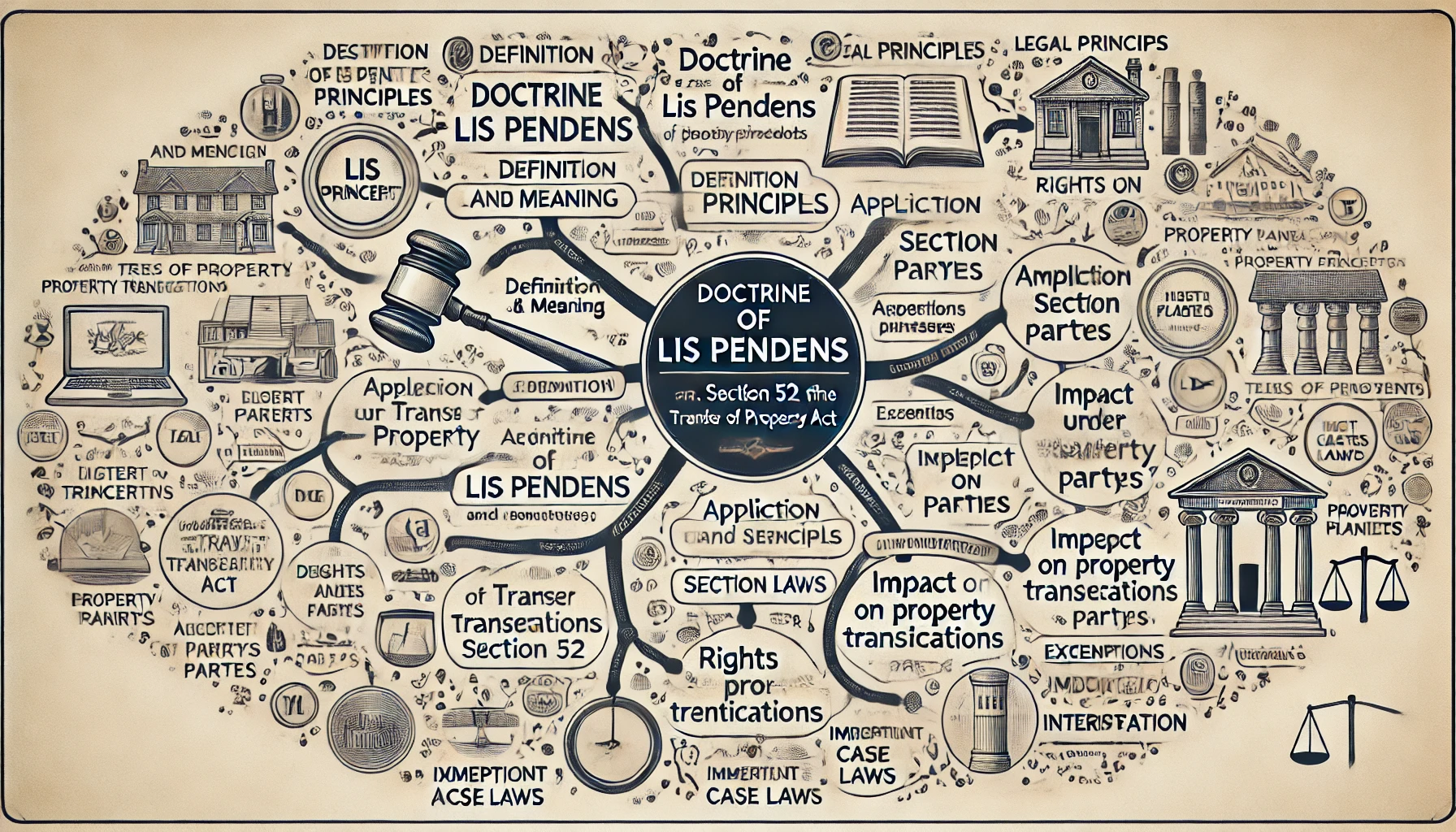
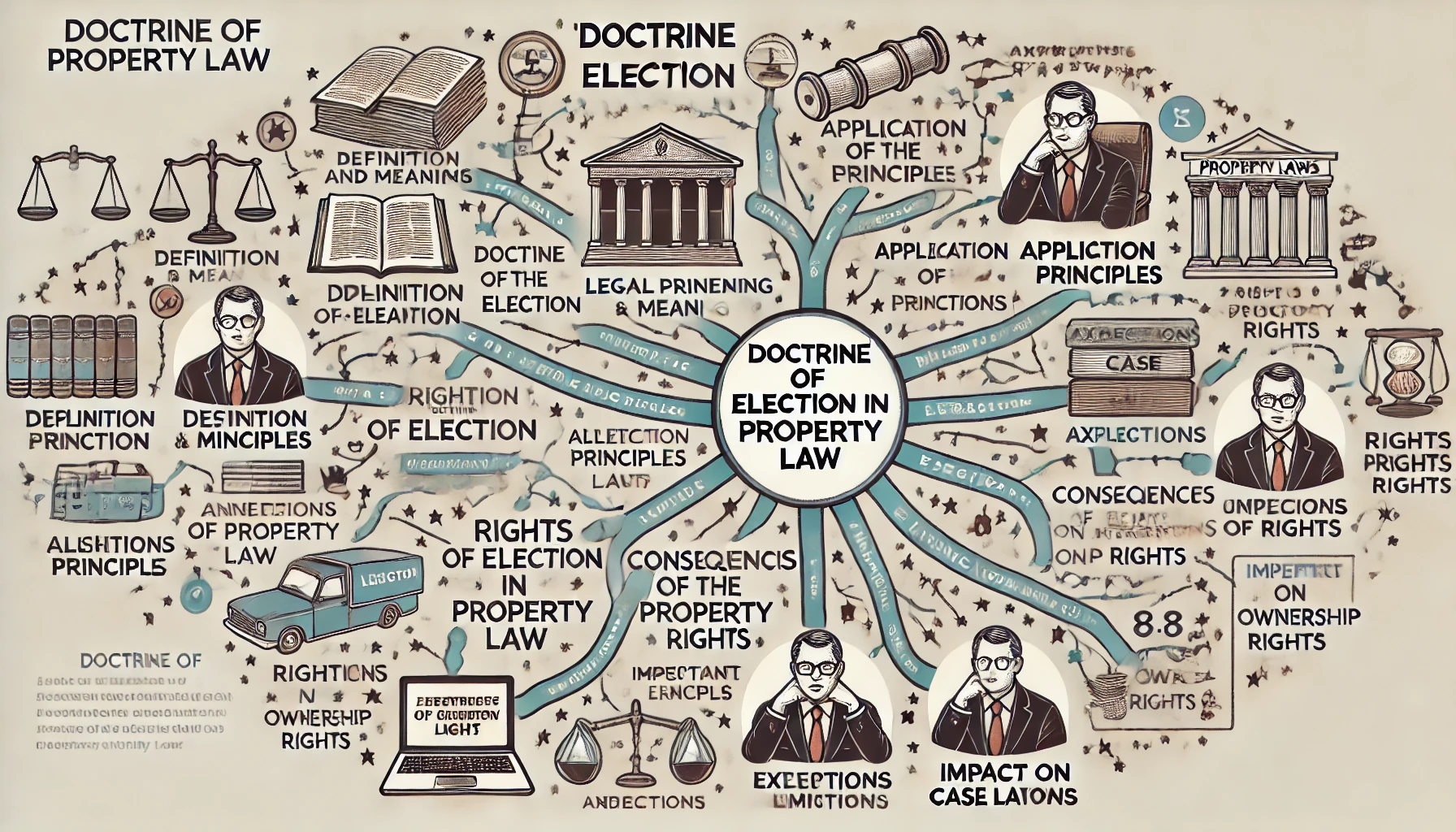
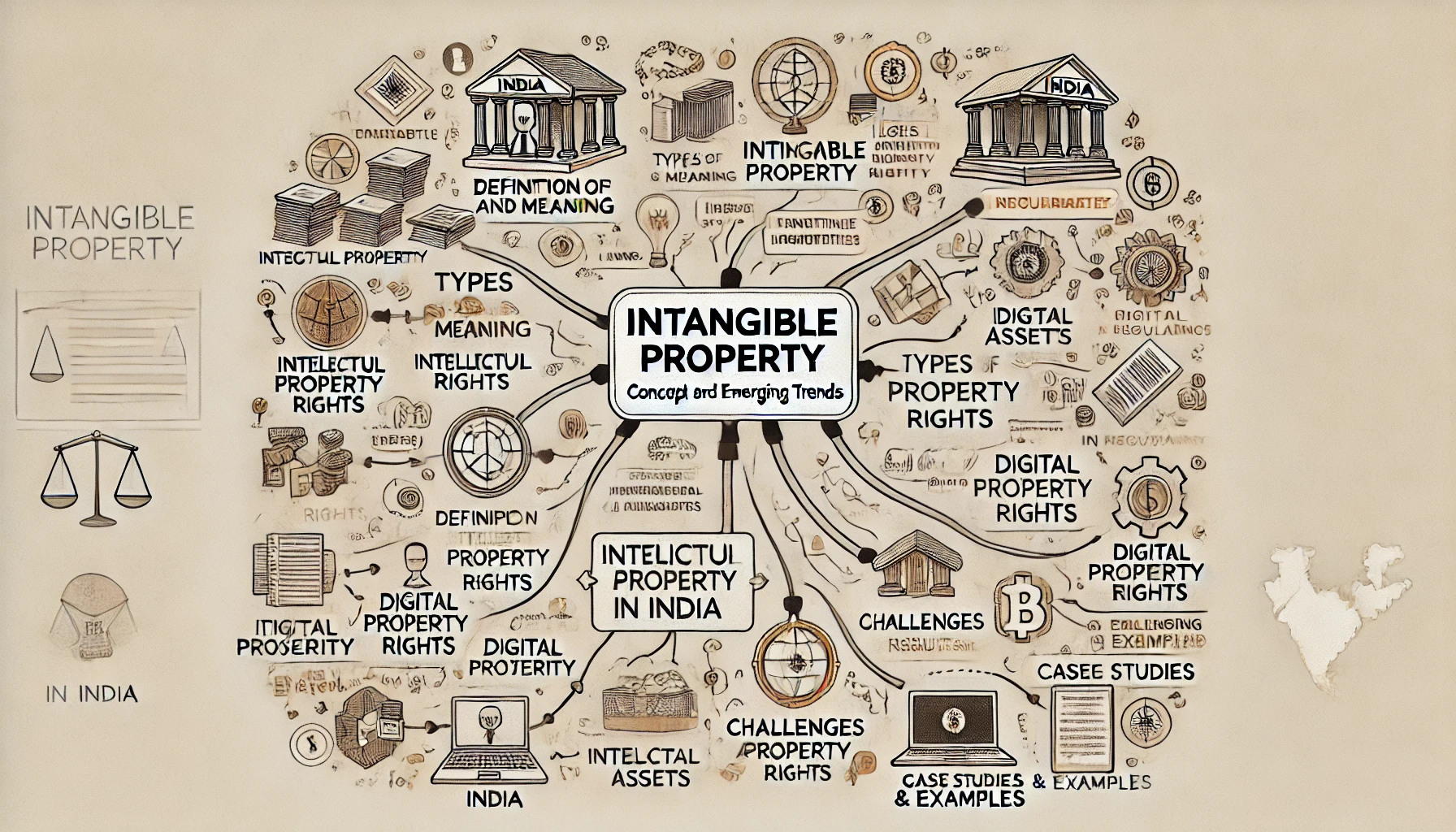




















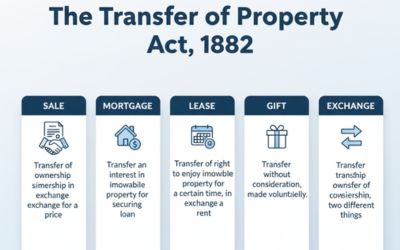
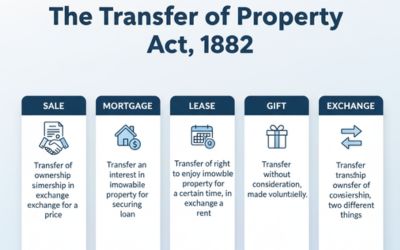

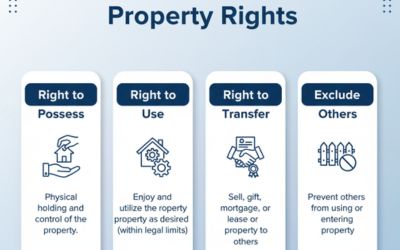

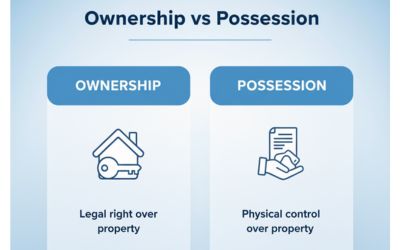


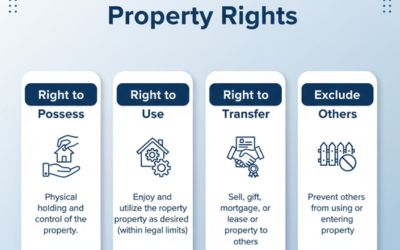
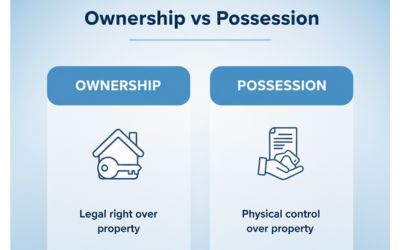

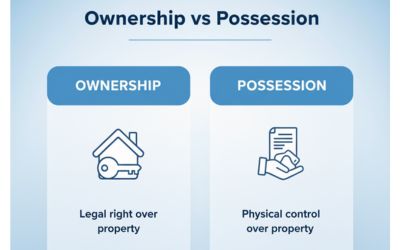

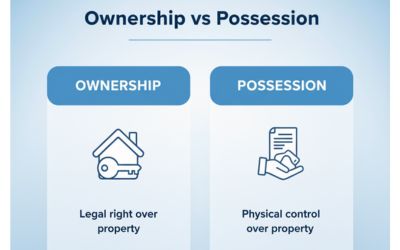



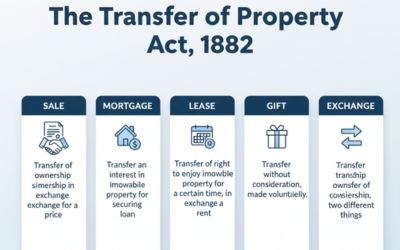
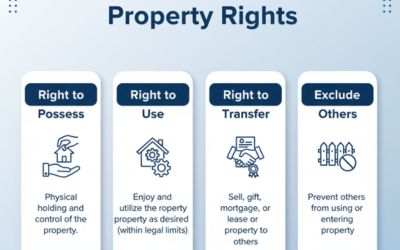
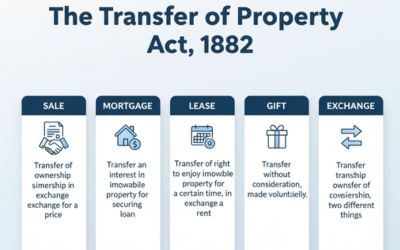
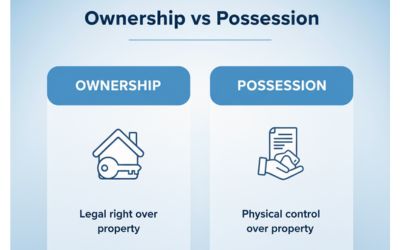
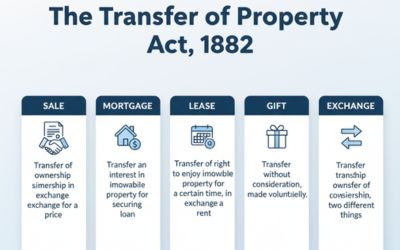



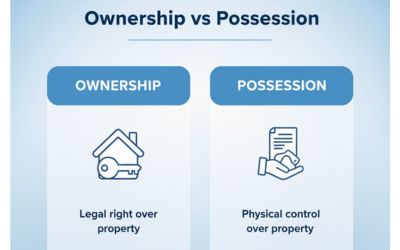
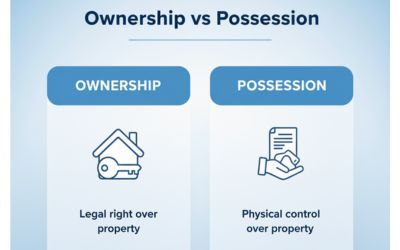
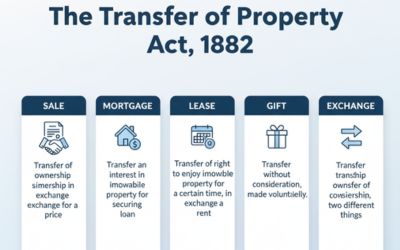
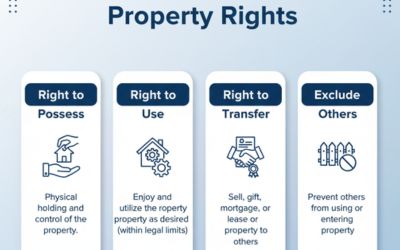
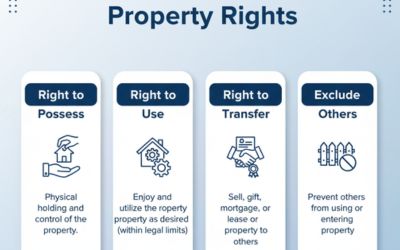
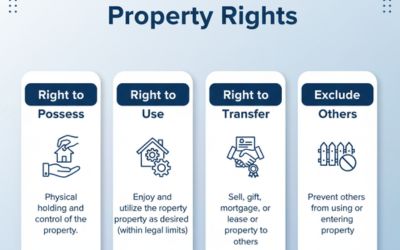
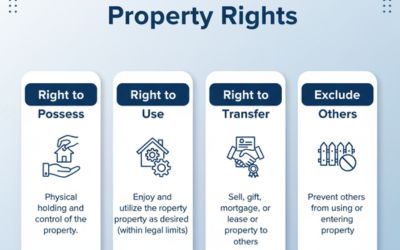


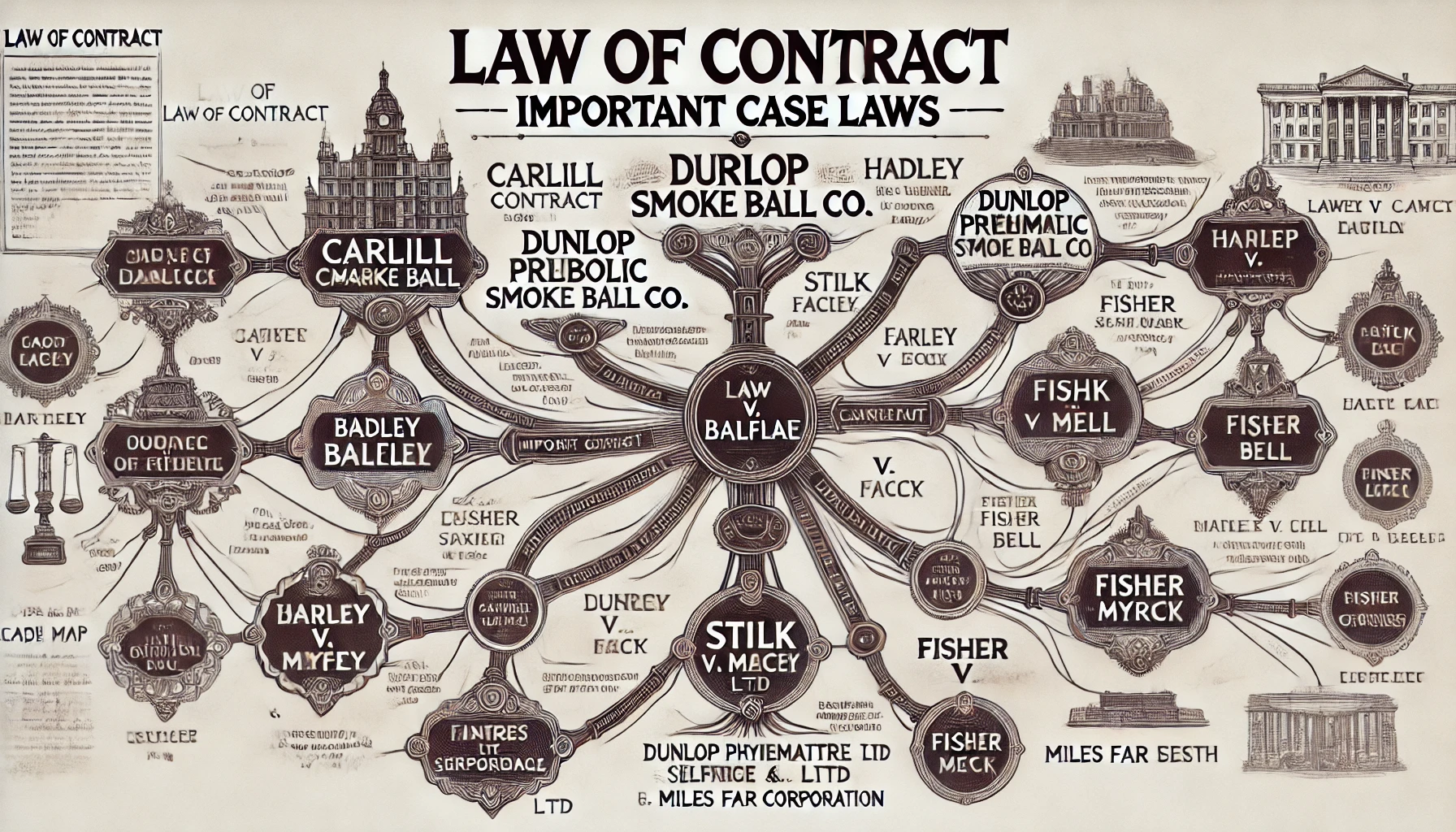
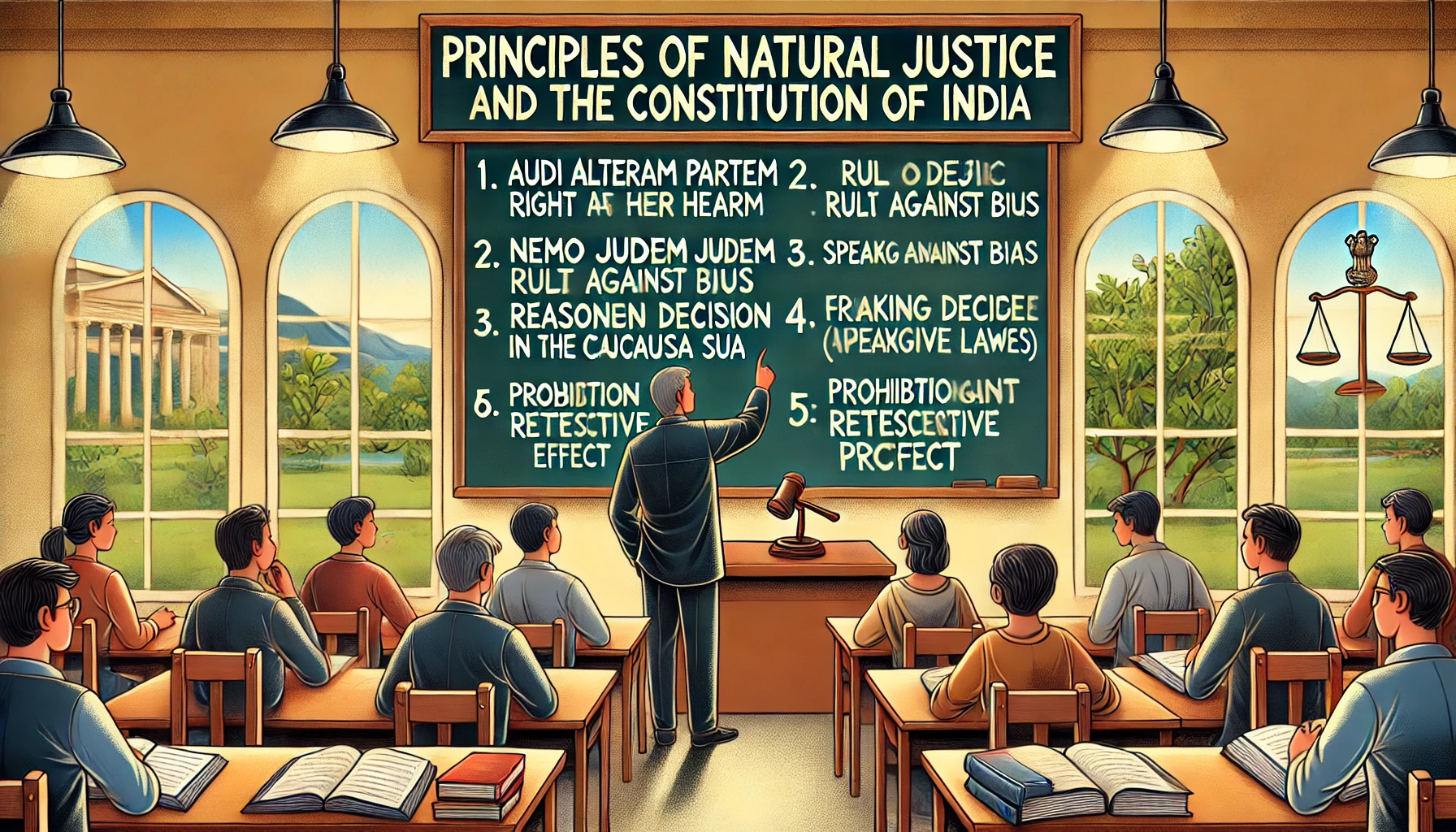


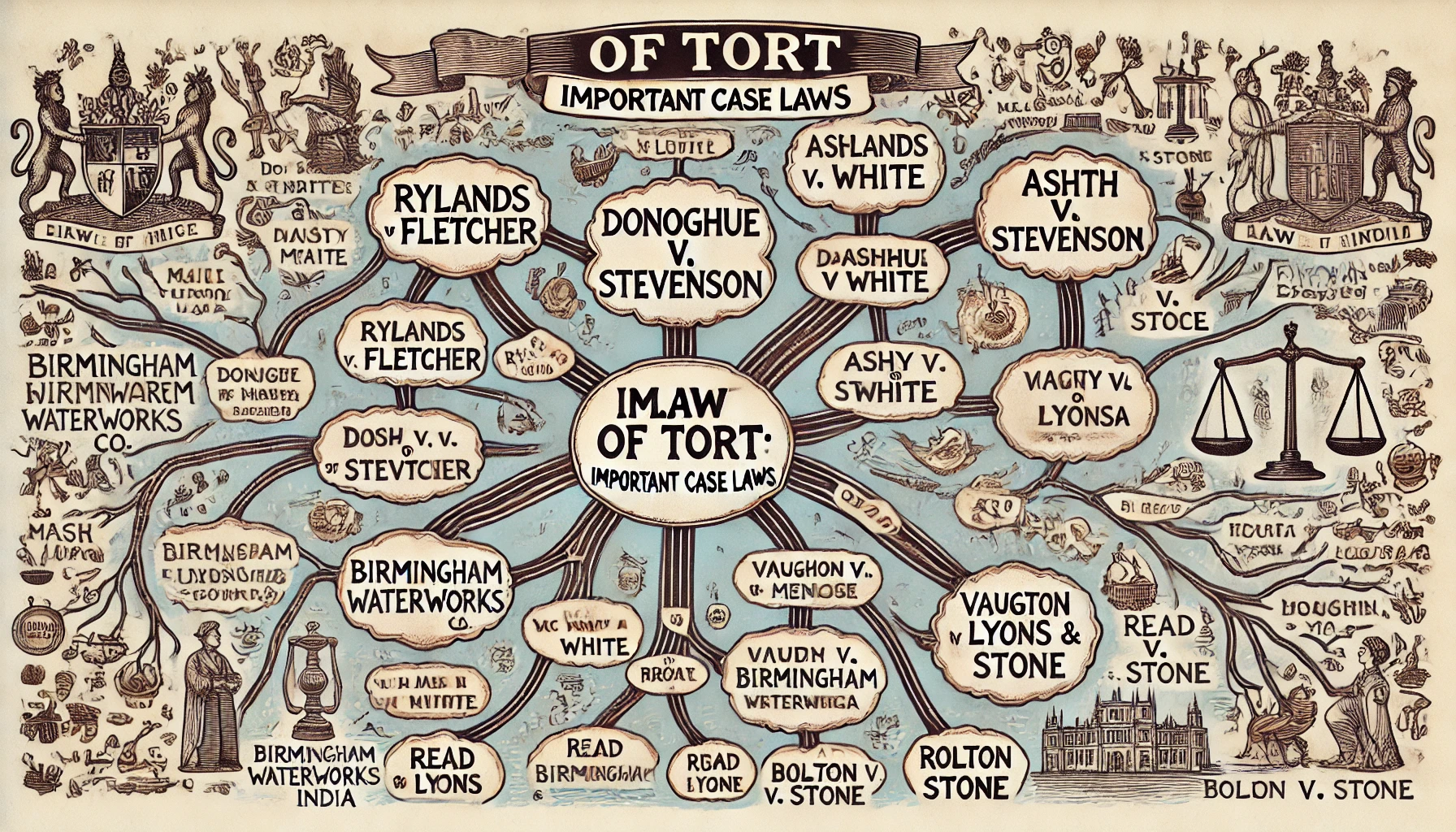
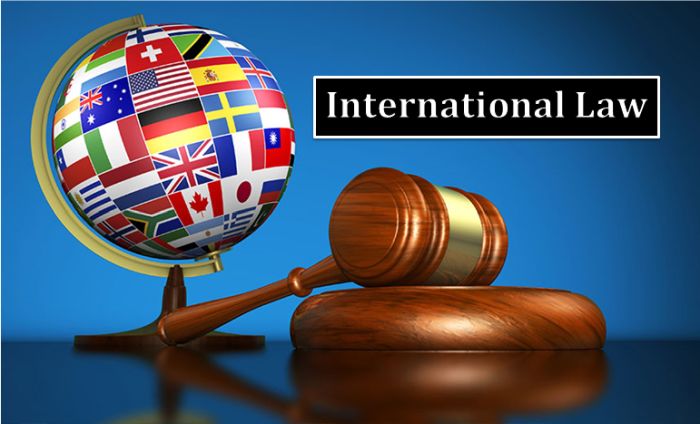








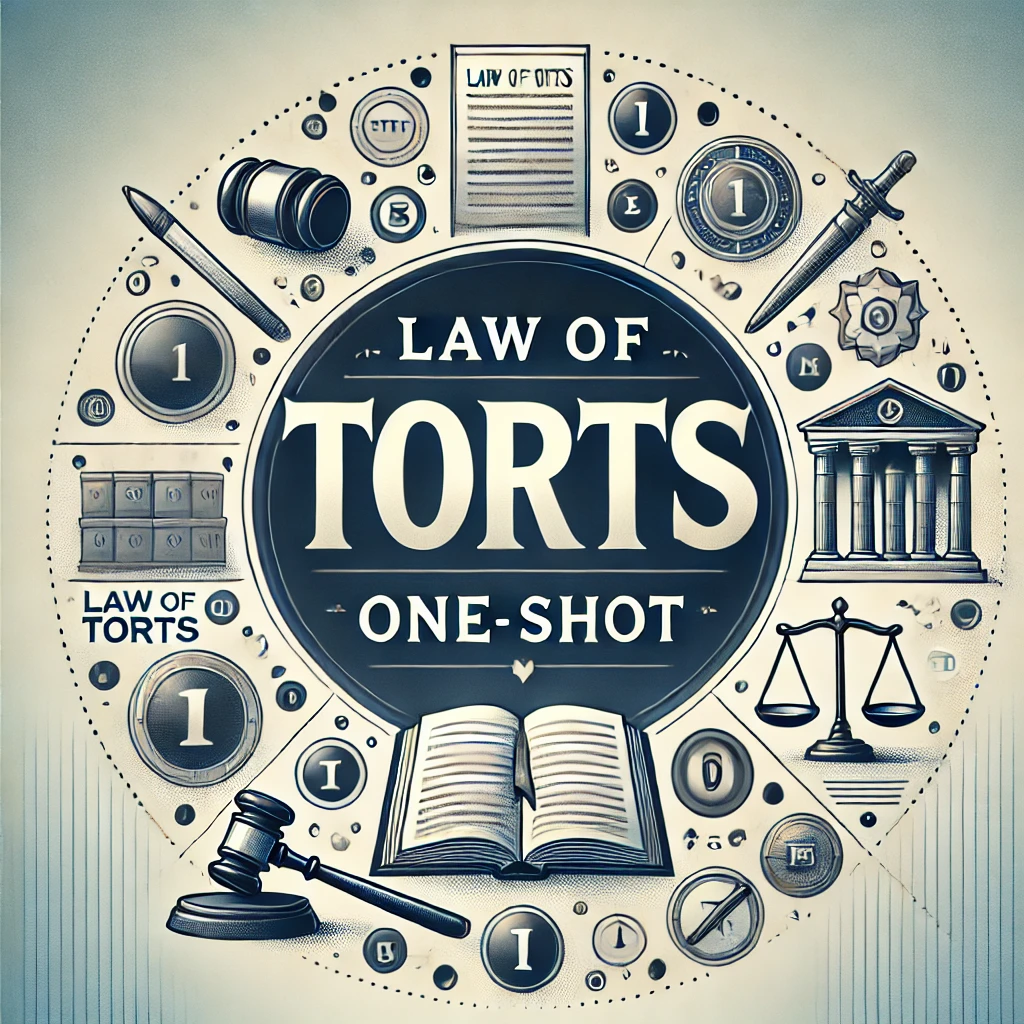


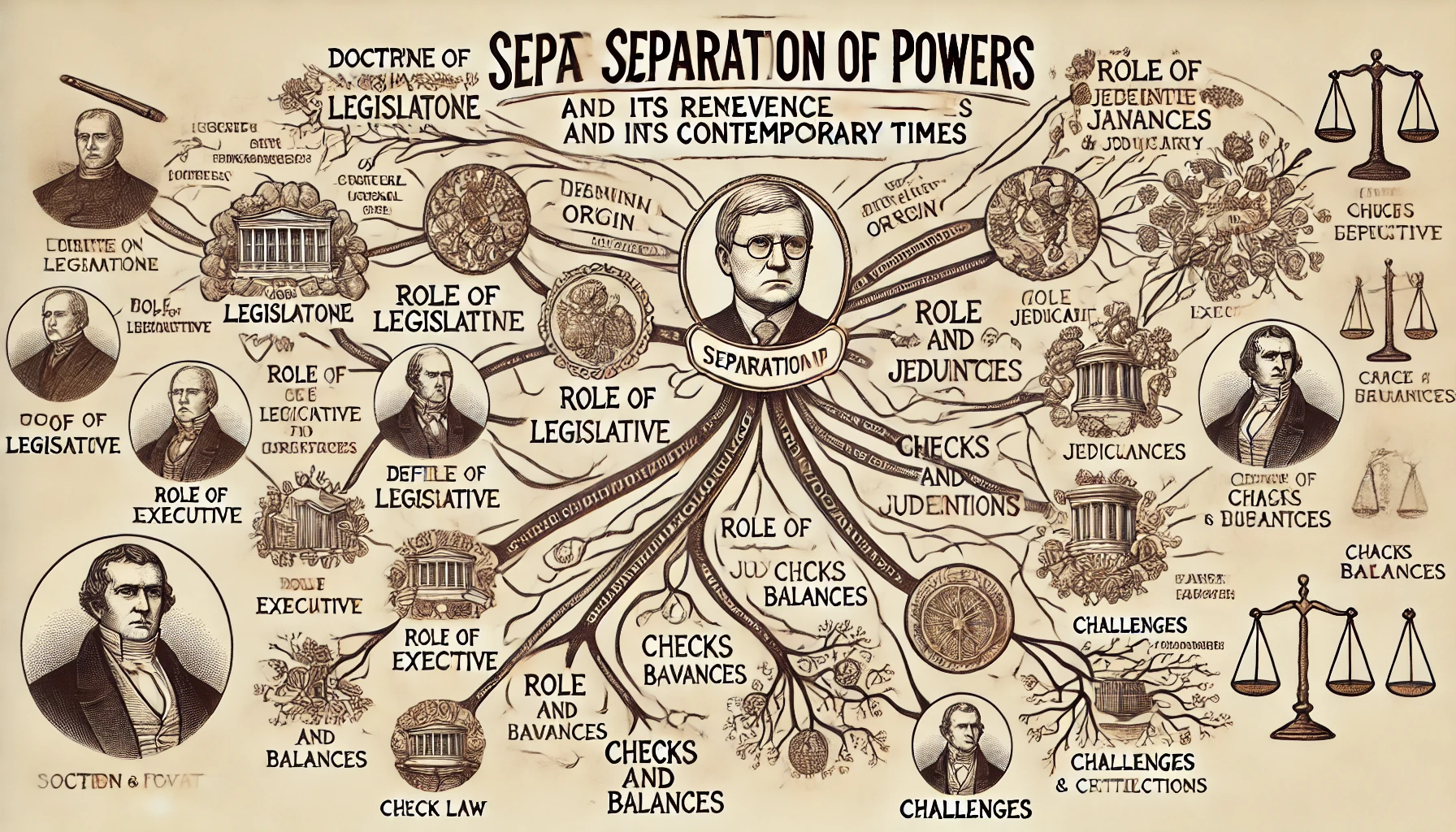






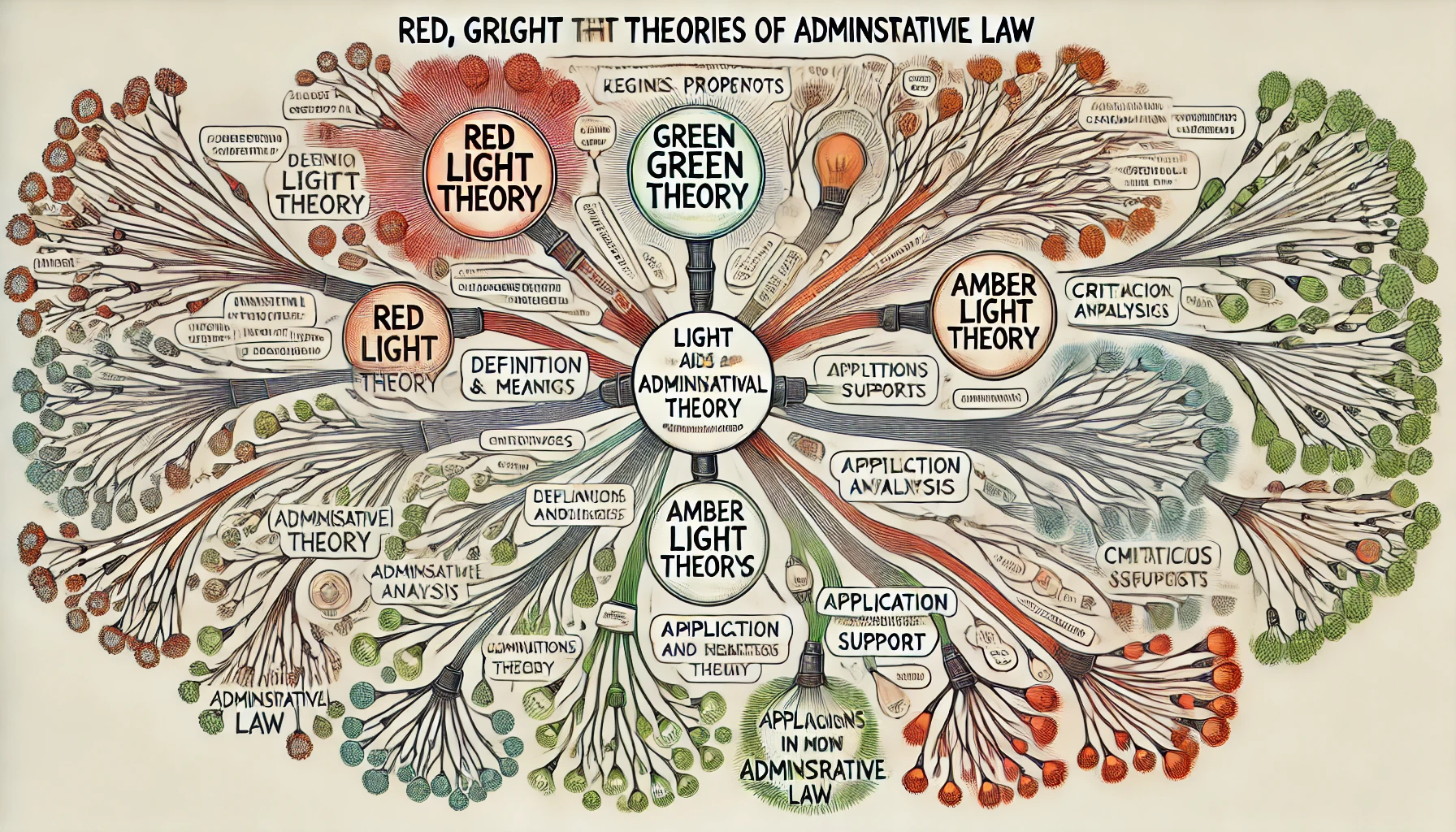

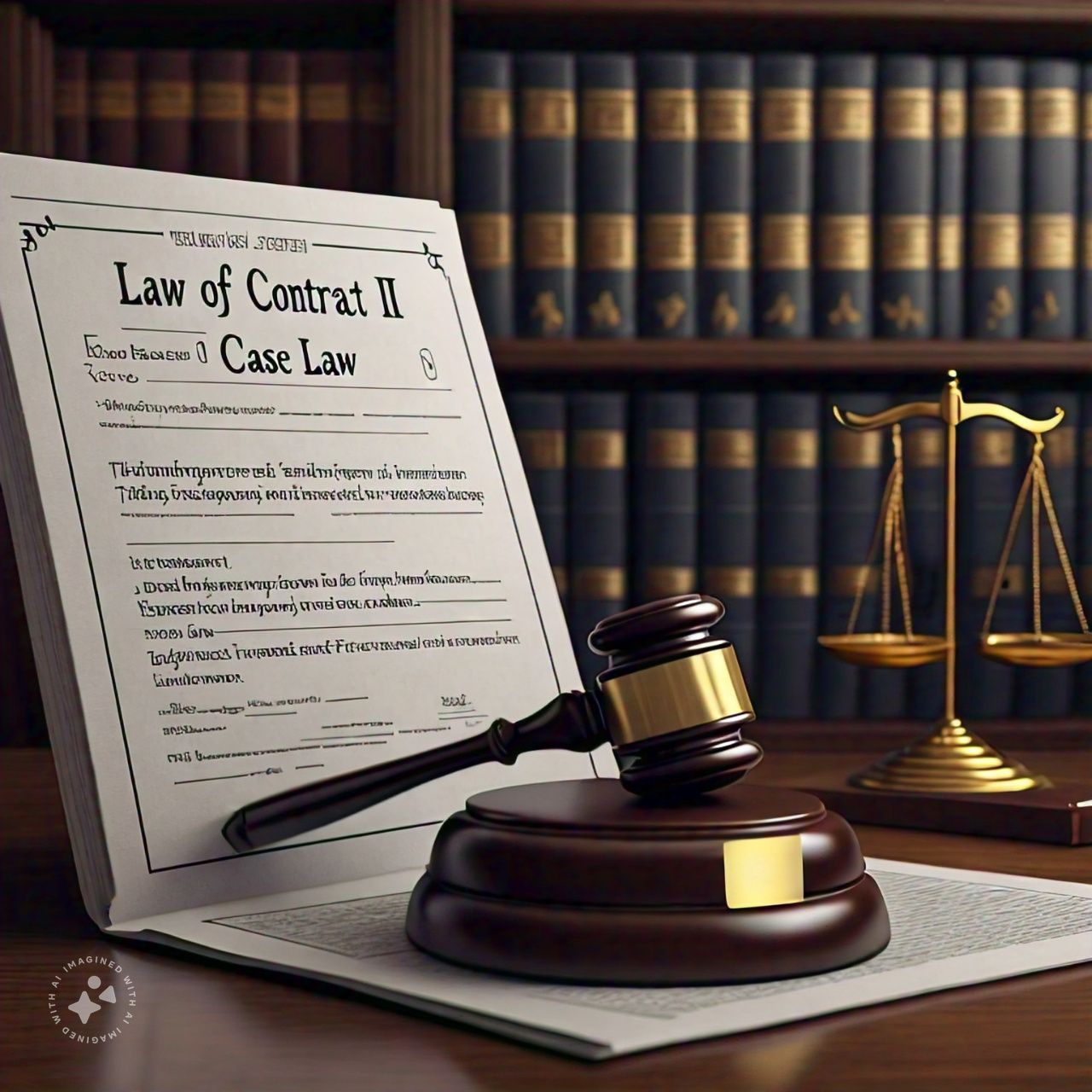
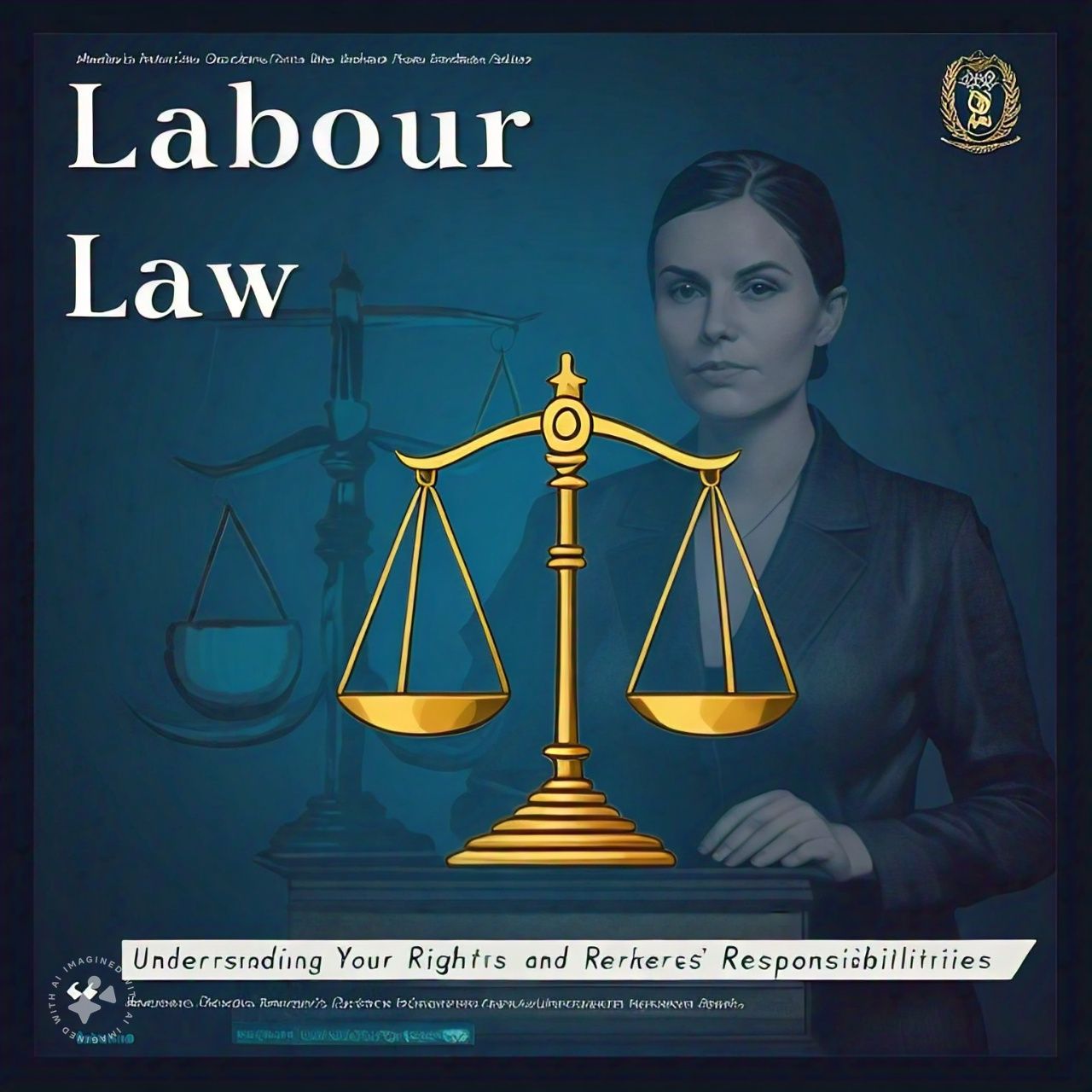

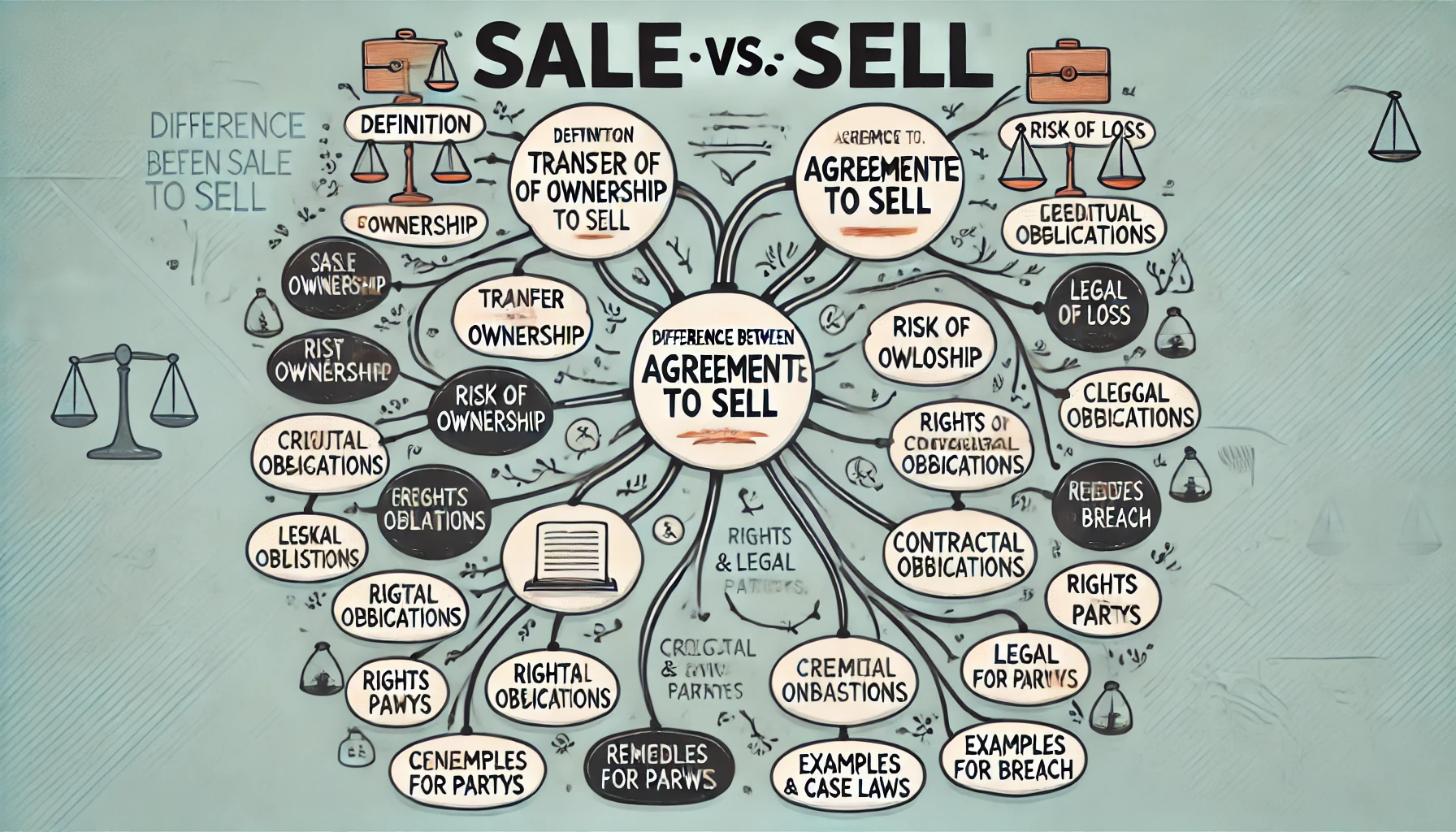

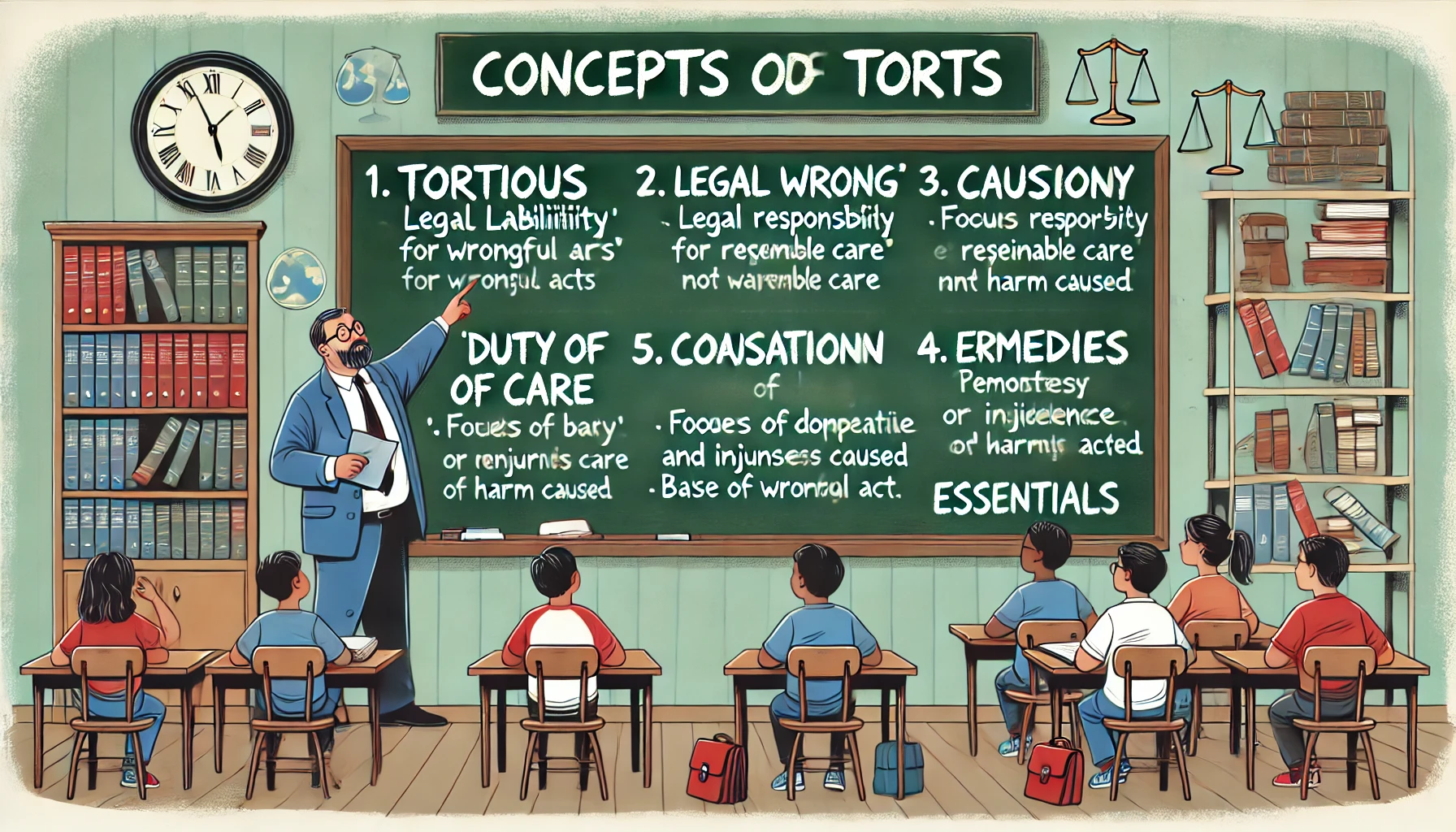
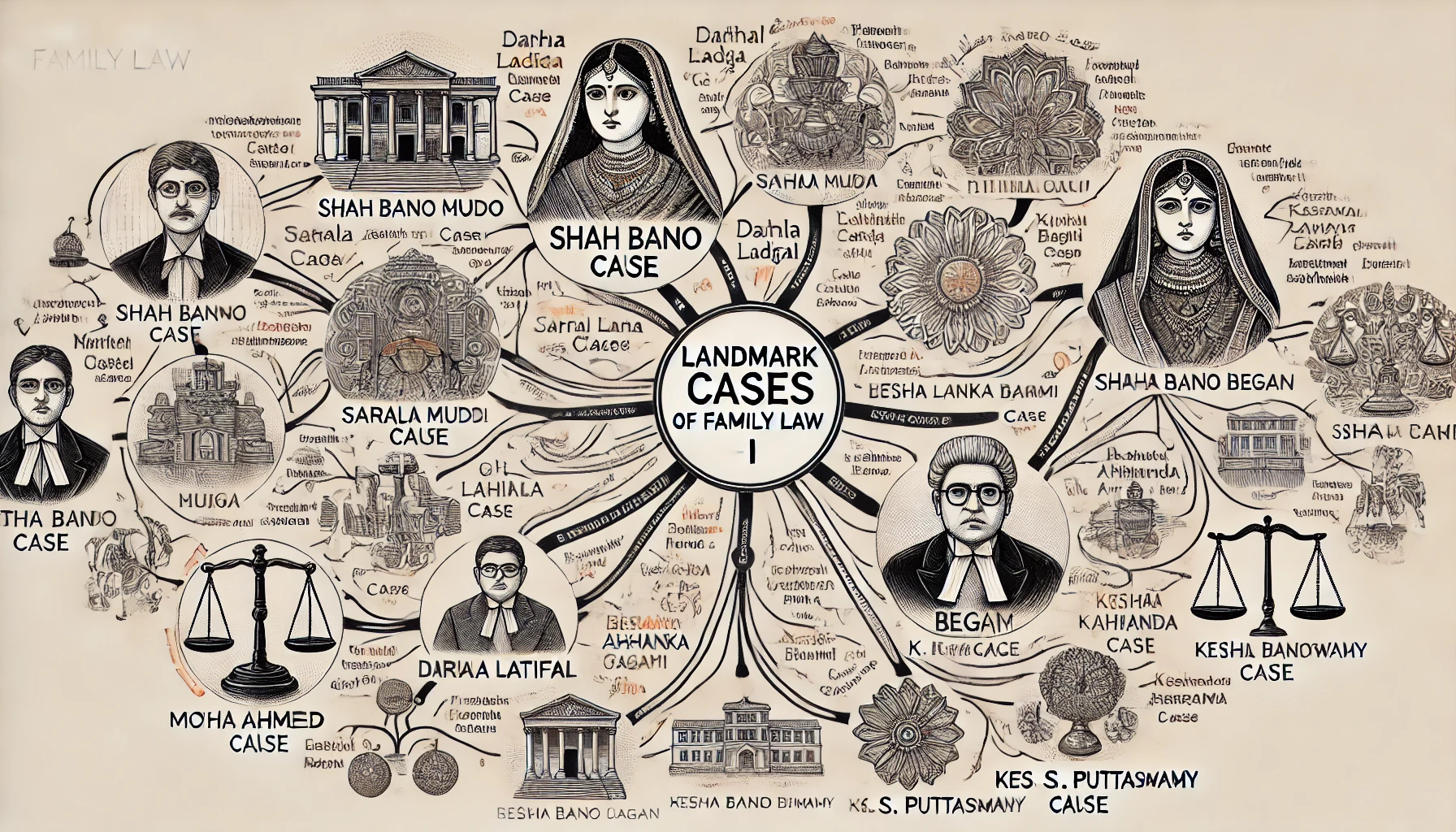


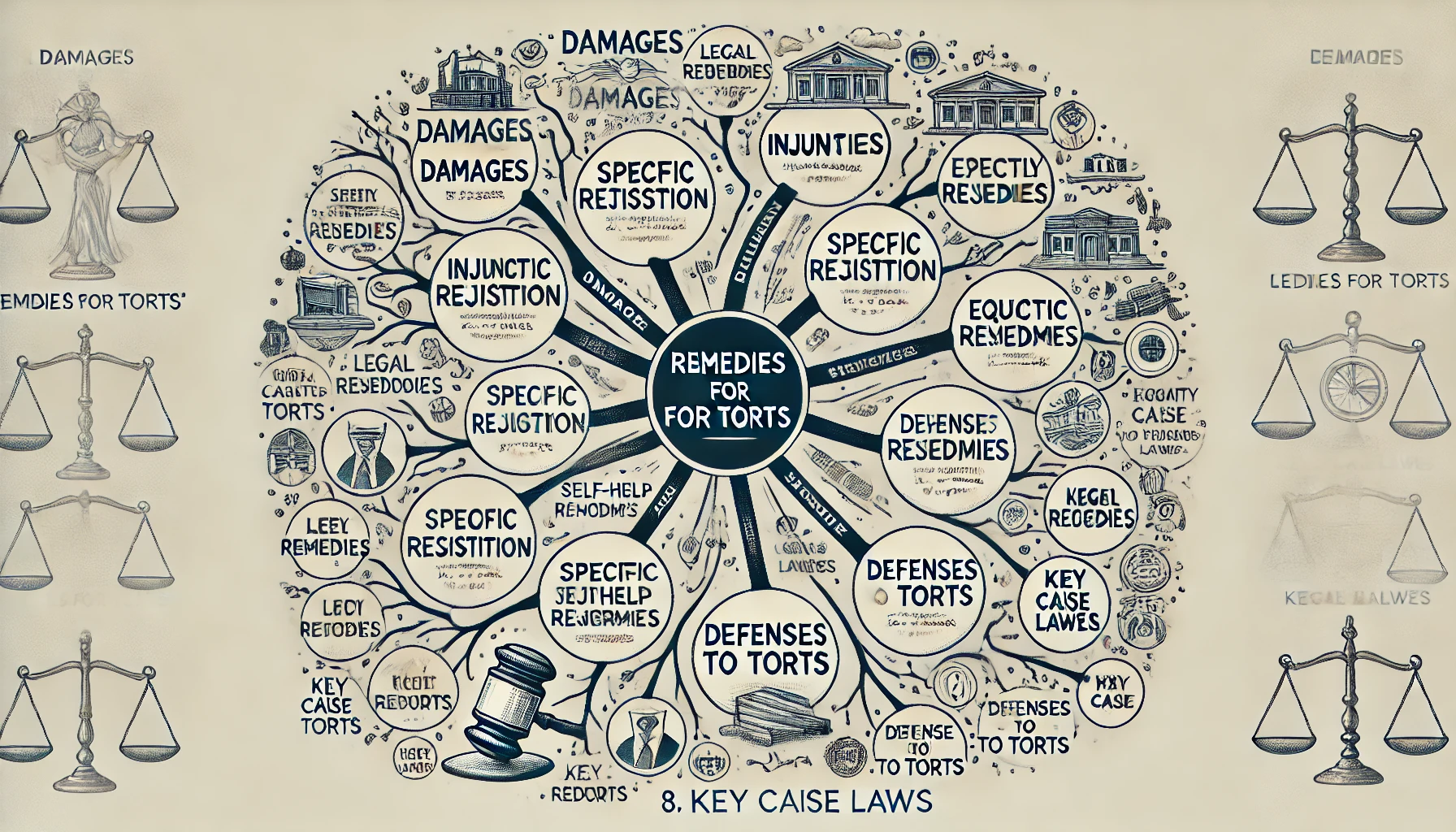


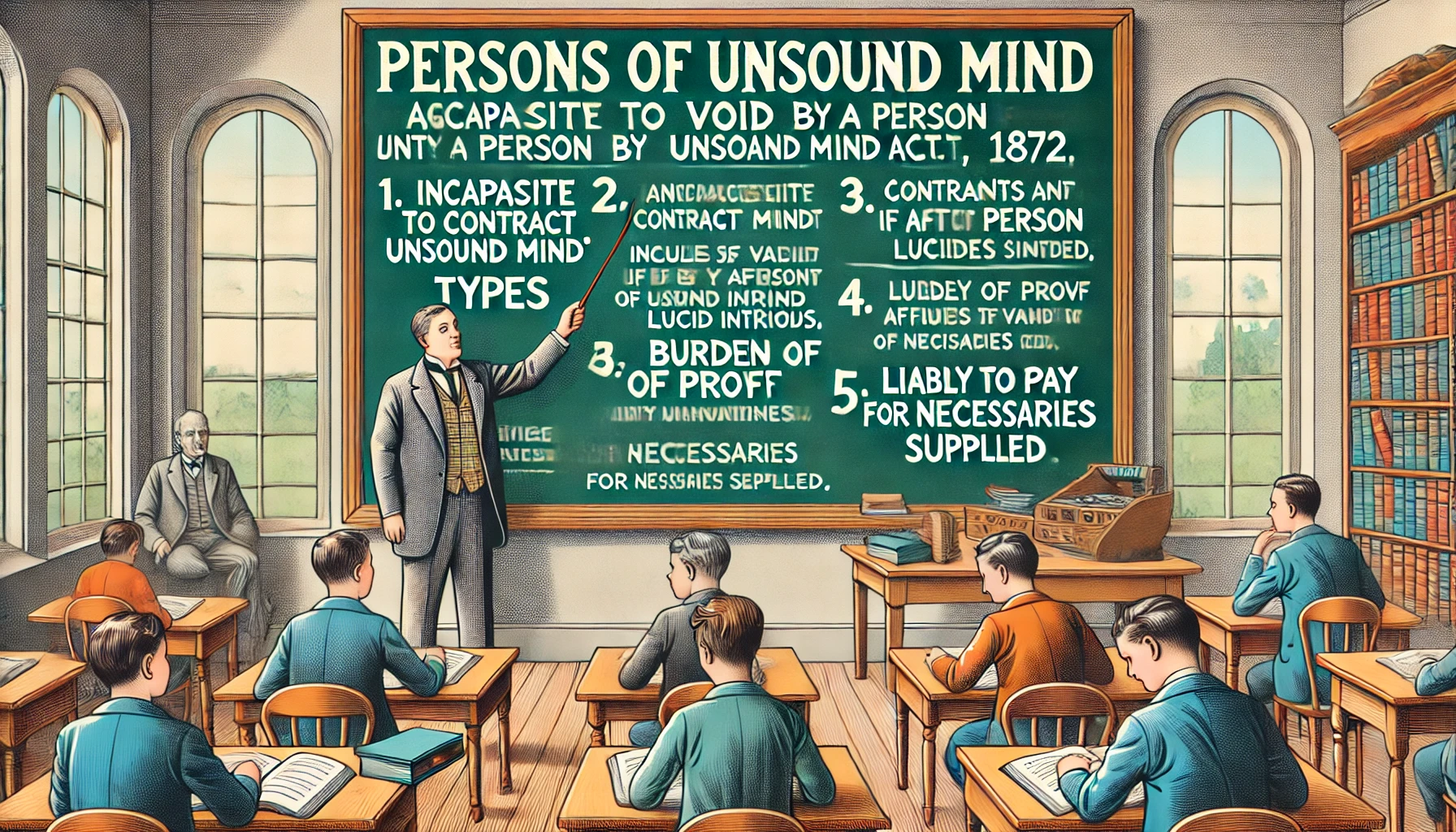
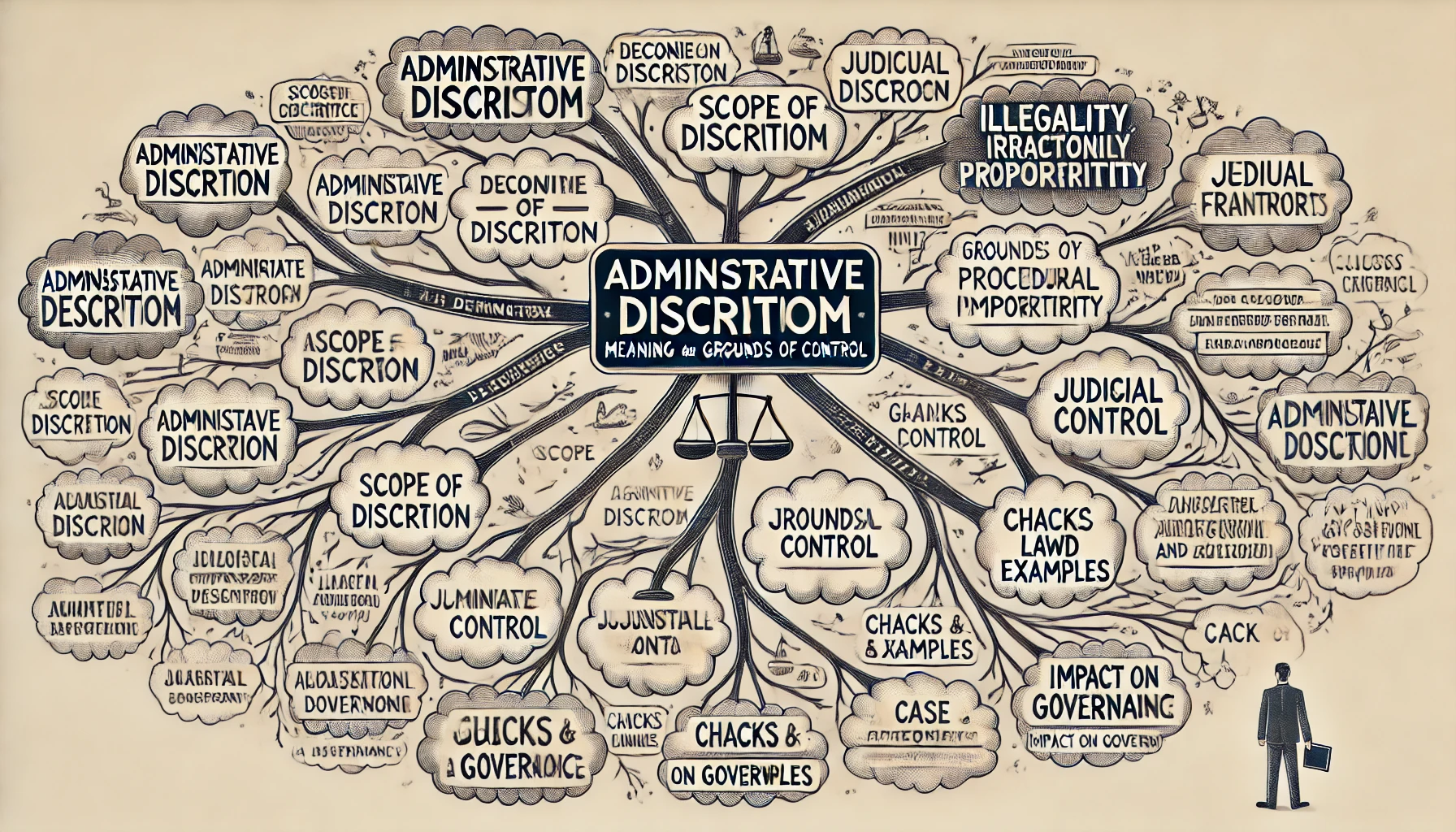
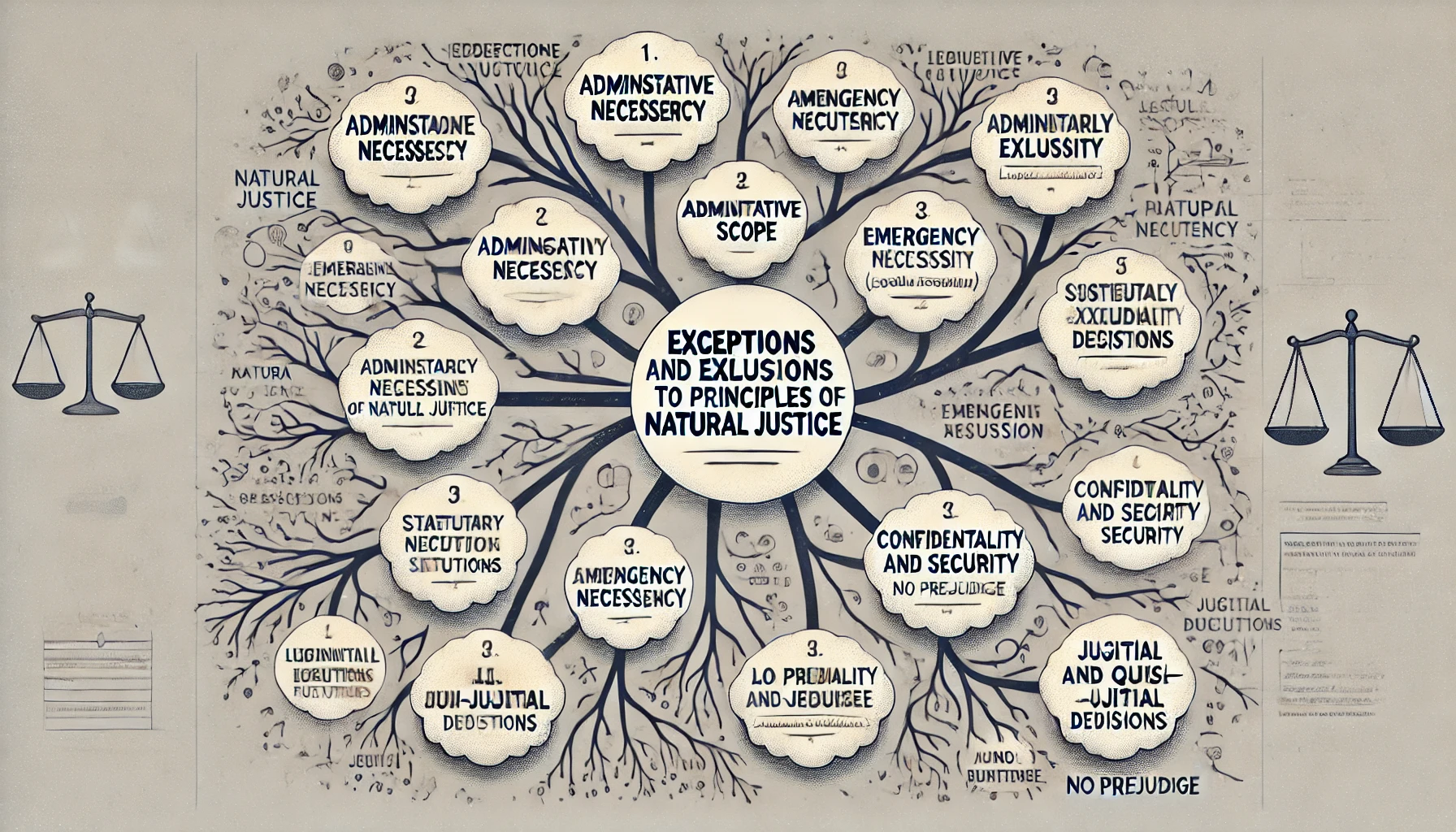





Comment
Nothing for now